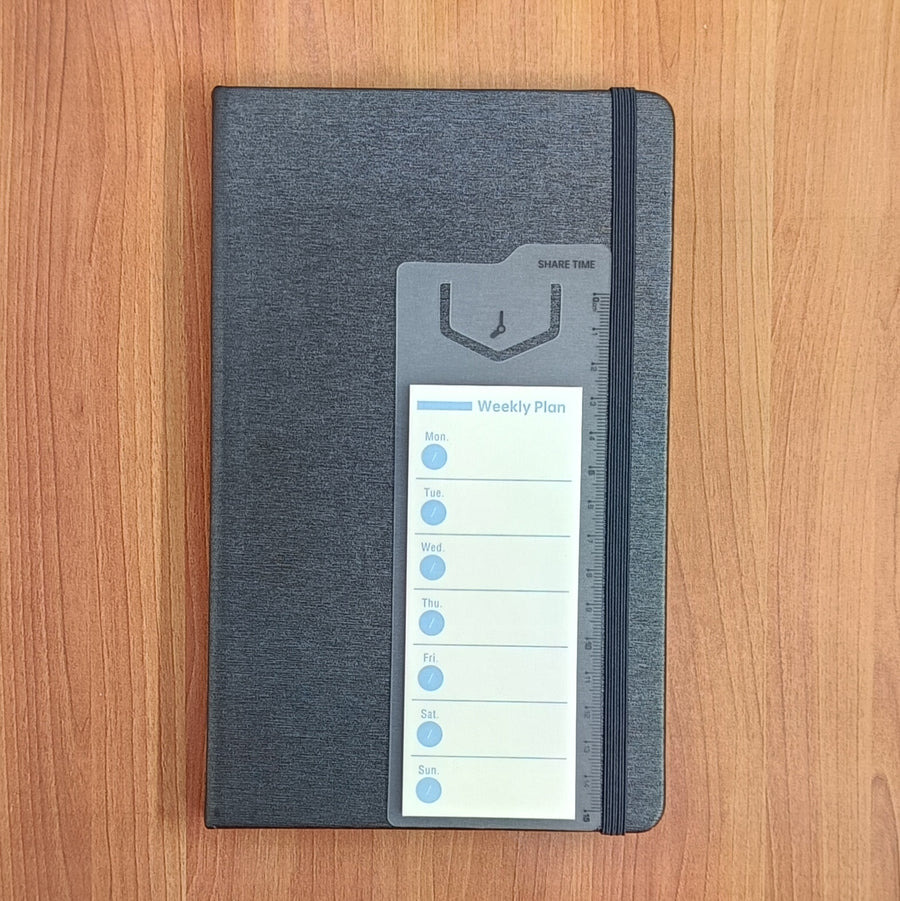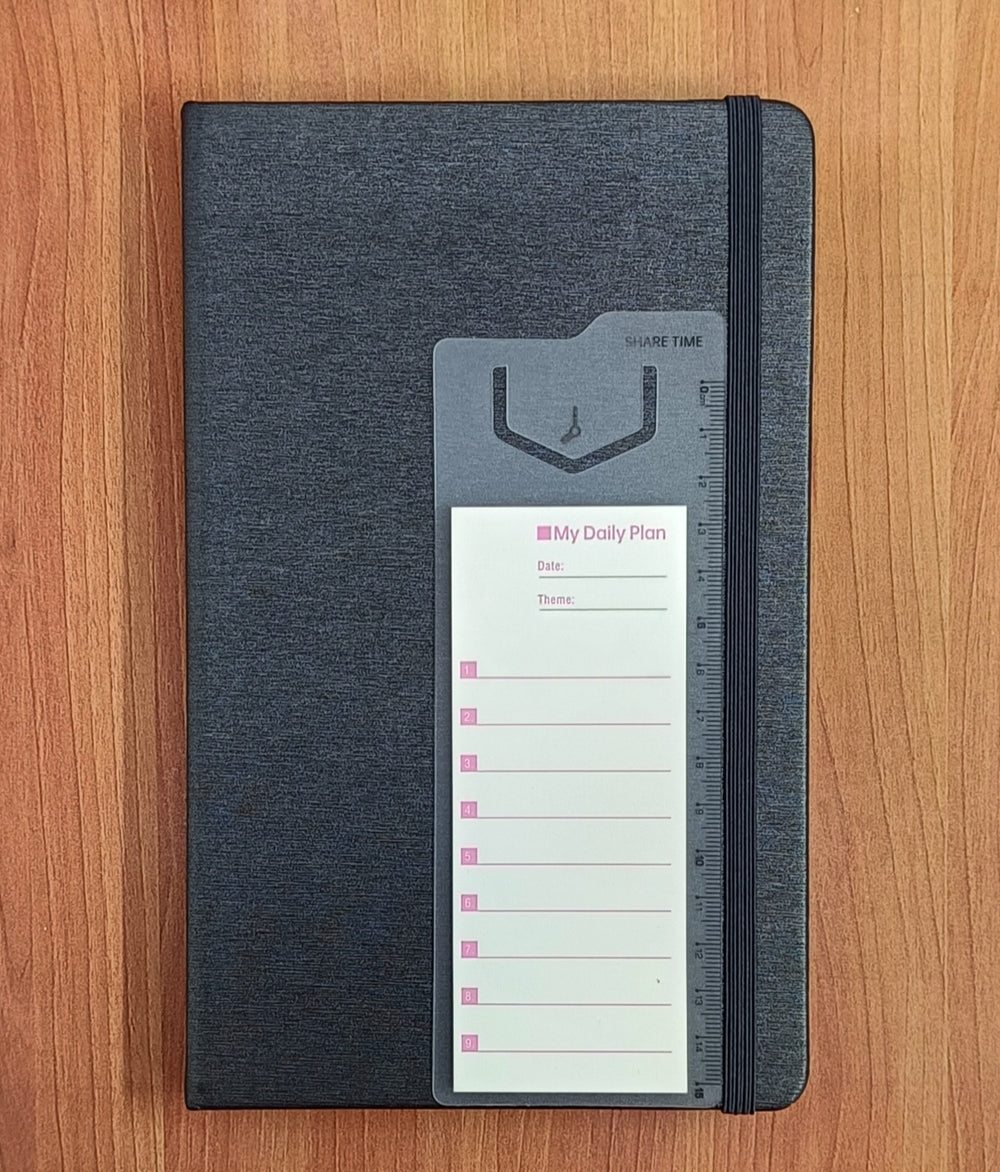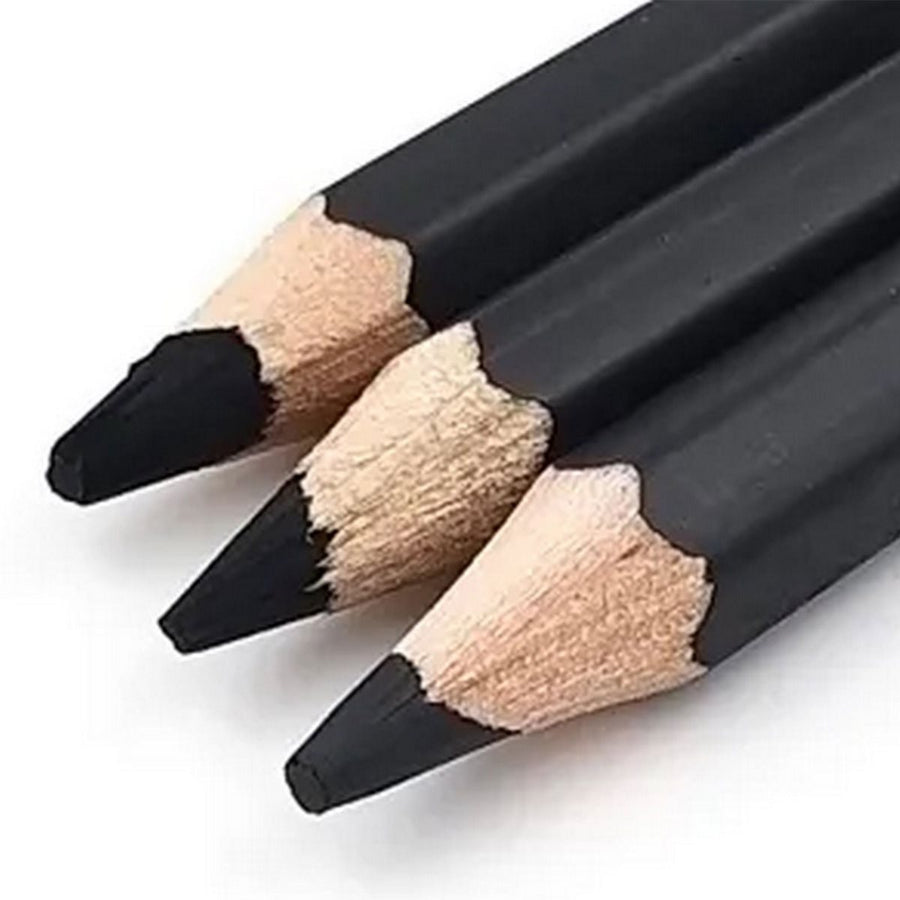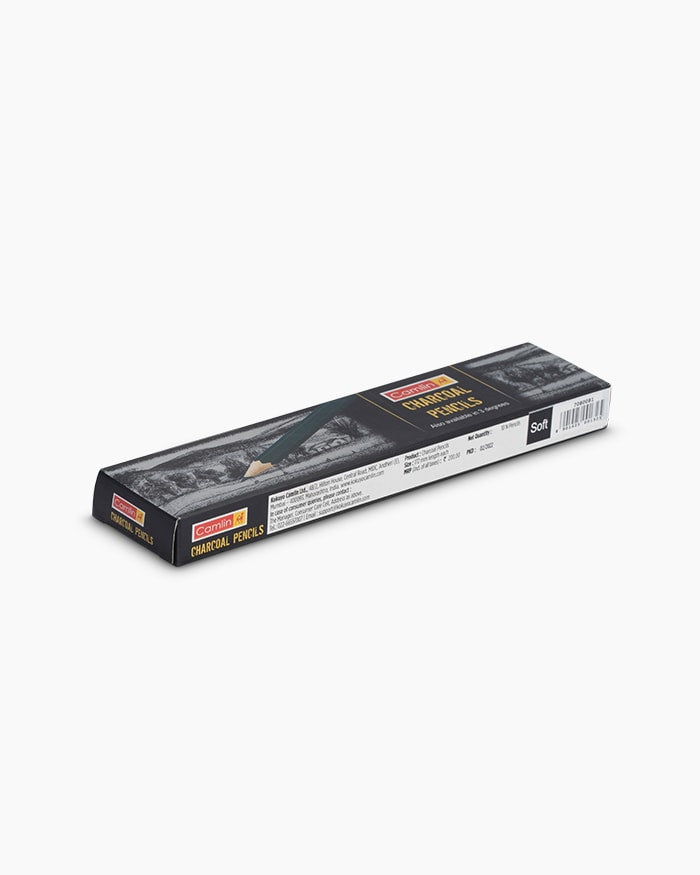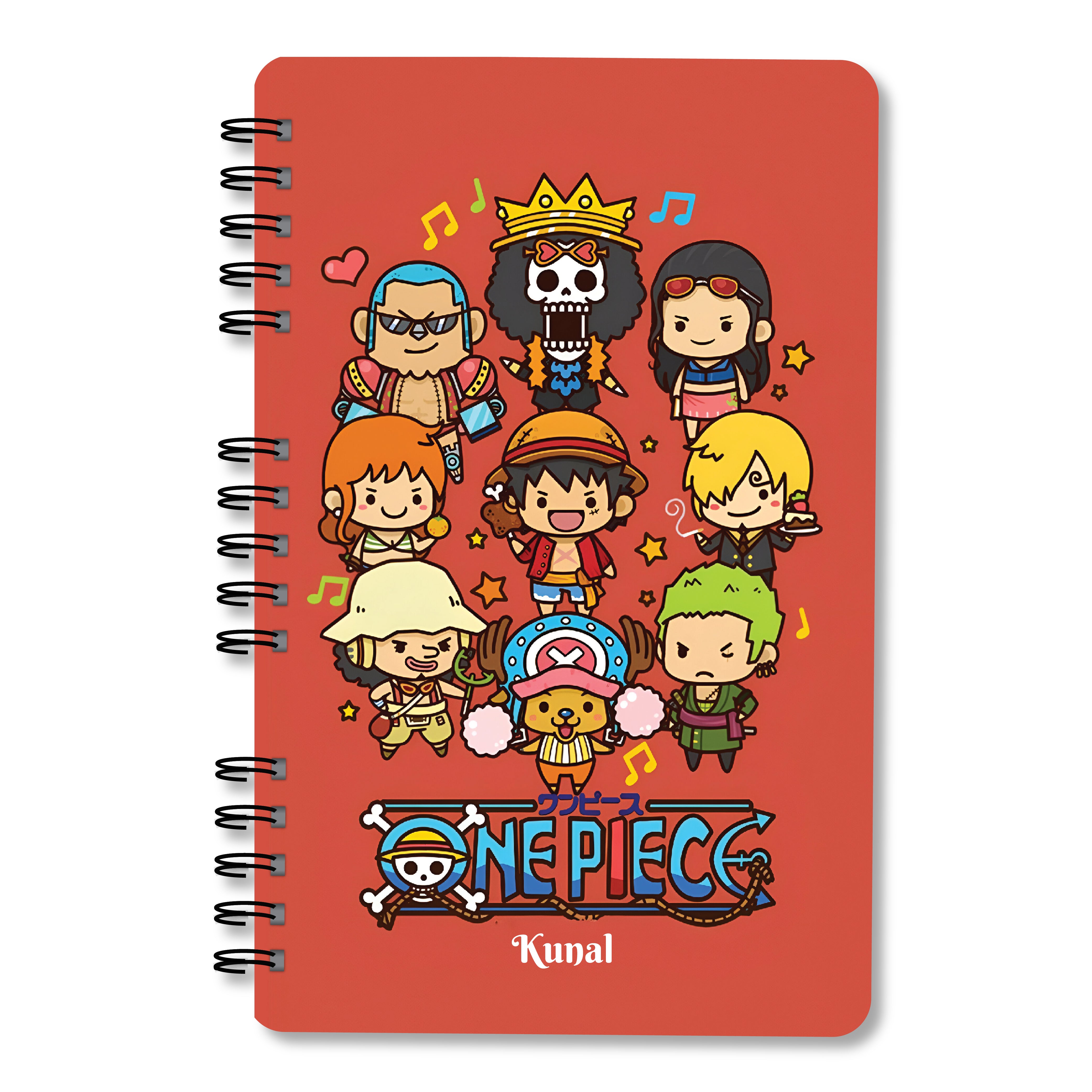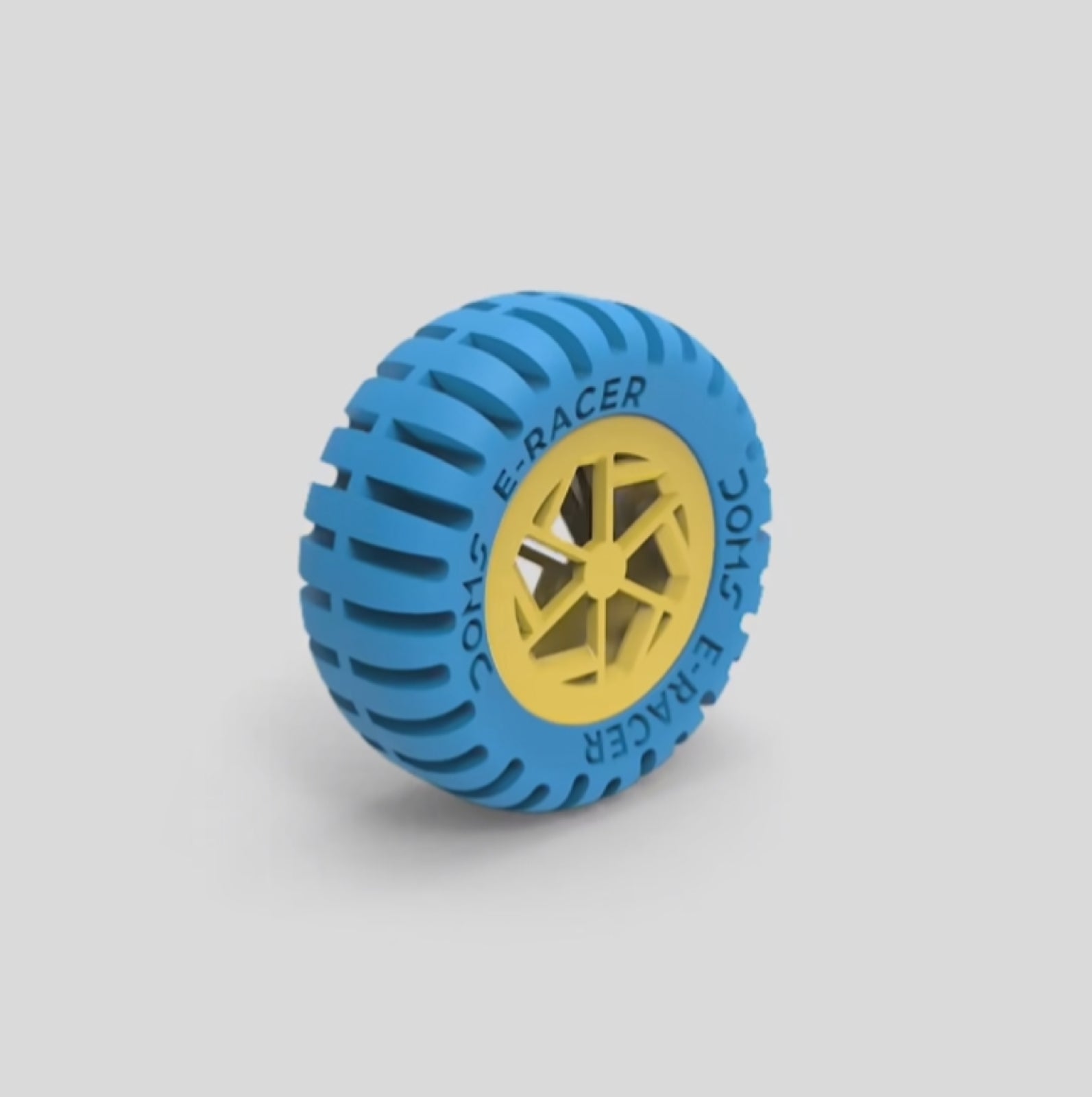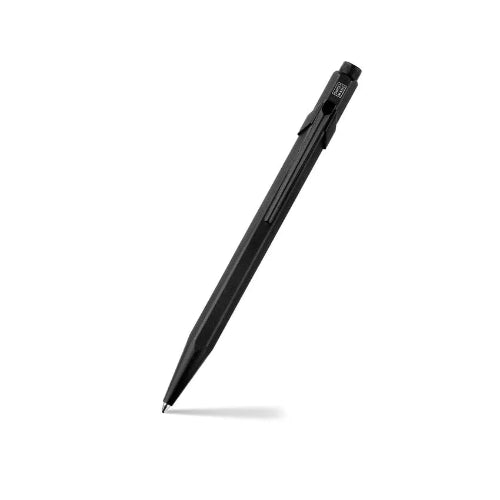Understanding Different Types of Marker Pen
Marker pens are an essential tool for artists, educators, and professionals alike. With a wide range of applications and varieties, choosing the right type can be daunting. This comprehensive guide will walk you through the different types of marker pens, helping you find the perfect fit for your needs, whether you're sketching, highlighting, or labelling.
Marker pens have evolved significantly since their invention, offering a variety of ink compositions, tip shapes, and specialized functions. Understanding these differences can elevate your creative projects and ensure optimal performance for specific tasks. In this article, we'll explore the main types of marker pens, their uses, and how to choose the right one for your project.
What Are Marker Pens?
Marker pens are versatile writing instruments that use felt tips filled with ink. Known for their bold and vivid lines, marker pens can create a range of artistic effects and are indispensable in various fields. They have a rich history, evolving from simple marking tools to sophisticated instruments for art, design, and everyday tasks. Whether you're drawing, writing, or highlighting, marker pens are essential in classrooms, art studios, and offices.
Types of Marker pens based on Ink Composition
Water-Based Markers
Water-based markers are composed of pigments or dyes mixed with water-soluble adhesives. These markers are popular for their safety and ease of use, making them a favourite for children and beginners.
- Characteristics: Odorless, non-toxic, and prevents bleeding on paper. They are also easy to clean, making them ideal for younger users.
- Best Uses: Coloring books, light sketching, and children’s art projects. These markers are perfect for activities that require safe and easy-to-use tools.
- Examples: Crayola Washable Markers, Staedtler Triplus Fineliner. These brands are known for their quality and wide range of colours.
Alcohol-Based Markers
Alcohol-based markers offer vibrant colours and are preferred for professional art and design work due to their superior blending capabilities and quick drying times.
- Characteristics: Vibrant colours, fast-drying, excellent blending. These markers can be layered and blended to create smooth gradients and complex designs.
- Best Uses: Professional art, illustration, graphic design. They are ideal for detailed and high-quality artwork where precision and colour richness are required.
- Examples: Copic Sketch Markers, Prismacolor Premier. These markers are renowned in the art community for their performance and range.
Types of Marker Pens Based on Tip Shape
Bullet Tip Markers
Bullet tip markers are versatile with rounded tips, making them suitable for both writing and colouring. They are commonly used for general tasks due to their easy handling and consistent lines.
- Characteristics: Rounded tip, versatile for various tasks. The bullet tip allows for smooth, even lines whether you're writing or colouring.
- Best Uses: General use, office tasks, labelling. These markers are handy for everyday tasks around the office and home.
- Examples: Sharpie Bullet Tip, Uni Posca Paint Marker. These brands provide reliable and durable options for everyday use.
Chisel Tip Markers
Chisel tip markers feature a slanted end that allows for both thick and thin lines, making them ideal for calligraphy and highlighting.
- Characteristics: Slanted tip for varied line thickness. The chisel tip can produce fine lines or broad strokes depending on the angle of use.
- Best Uses: Calligraphy, highlighting, broad strokes. Perfect for decorative writing, highlighting text, and creating bold visuals.
- Examples: Sharpie Chisel Tip, Pentel Sign Pen. Known for their versatility and precision, these markers are a staple for calligraphy enthusiasts.
Brush Tip Markers
Brush tip markers mimic the strokes of a paintbrush, offering flexibility for detailed artwork and hand lettering. These markers are favoured by artists for their ability to create varying line thicknesses with a single stroke.
- Characteristics: Flexible tip, paintbrush-like strokes. The brush tip can create thin lines or broad, sweeping strokes depending on pressure and angle.
- Best Uses: Hand lettering, watercolour effects, detailed artwork. Ideal for artists and designers looking to add a dynamic touch to their work.
- Examples: Tombow Dual Brush Pen, Faber-Castell Pitt Artist Pen. These markers are celebrated for their flexibility and range of colours.
Specialty Marker Pen Varieties
Permanent Markers
Permanent markers are designed for durability and can write on a variety of surfaces, making them ideal for long-lasting projects. These markers are known for their strong adhesion and resistance to water and fading.
- Characteristics: Durable, waterproof. Permanent markers can withstand exposure to elements and are ideal for outdoor use.
- Best Uses: Industrial applications, labelling, outdoor use. Suitable for projects that require long-lasting marks on various surfaces.
- Examples: Sharpie Fine Point, BIC Marking. These are trusted brands known for their reliability and durability.
Paint Markers
Paint markers combine the properties of paint and pens, suitable for artistic and industrial applications. They are versatile tools that can be used on multiple surfaces to create vibrant, opaque lines.
- Characteristics: Paint-like, available in oil or water-based formulas. Paint markers provide the appearance of paint with the control of a pen.
- Best Uses: Artistic projects, glass, and metal. Ideal for creating detailed designs on nonporous surfaces.
- Examples: Posca PC-5M, Sharpie Oil-Based Paint Marker. These markers are favoured for their bright, opaque colours and versatility.
Chalk Markers
Chalk markers use quick-drying liquid chalk and are erasable on nonporous surfaces. They offer a modern twist on traditional chalk, providing vibrant colours without the dust.
- Characteristics: Liquid chalk, erasable. Chalk markers can be wiped clean with a damp cloth, making them perfect for temporary designs.
- Best Uses: Chalkboard art, glass decoration, temporary signs. Ideal for creating eye-catching designs on blackboards, windows, and more.
- Examples: Uni-Chalk PWE, Chalk Ink Wet Wipe. These markers are popular for their bright, erasable colours and ease of use.
How to Choose the Right Marker Pen
- Purpose and Application: Identify the purpose of the marker pen, whether it's for art, office, education, or industrial use. Understanding the intended use will help narrow down the choices and ensure you select the most suitable marker.
- Surface Compatibility: Choose markers based on the surface you’ll be working on. Water-based markers are ideal for porous surfaces like paper, while permanent markers work well on nonporous surfaces like plastic and metal. Consider the surface to ensure the marker performs well and lasts long.
- Desired Effects: Consider the visual impact you want to achieve, such as vibrant colours, fine details, or broad strokes. Different markers produce different effects, so choose one that aligns with your artistic vision or practical needs.
- Durability and Permanence: Select markers based on the longevity required for your project. Permanent markers are great for lasting marks, while chalk markers are perfect for temporary designs. Assess the durability of the marker to match the project's requirements.
- Safety and Environmental Concerns: For children’s projects, non-toxic, water-based markers are the safest option. Also, consider eco-friendly markers to reduce environmental impact. Safety and environmental considerations are essential, especially in settings with children or sensitive environments.
- Budget and Quality: Explore different brands and read customer reviews to find high-quality markers that fit your budget. High-quality markers may have a higher upfront cost but often provide better performance and longevity.
Conclusion
Choosing the right type of marker pen can significantly enhance your creative projects. By understanding the various types, their uses, and features, you can make informed decisions that meet your specific needs. Explore different marker pen types and experiment with their unique qualities to discover your favourite tools. The right marker can transform your work, whether you're creating detailed artwork, writing, or labelling.
Frequently Asked Questions
Q1. What are the different types of marker pen tips?
Ans: Bullet, chisel, and brush tips are the most common, each offering unique line qualities and applications.
Q2. Are alcohol-based markers safe for children?
Ans: No, alcohol-based markers are not recommended for children due to their fumes and potential toxicity. Water-based markers are a safer option for kids.
Q3. Can permanent markers be used on fabric?
Ans: Yes, permanent markers can be used on fabric, but they may require heat setting to make the marks permanent and washable.
Q4. What are the best markers for calligraphy?
Ans: Chisel tip and brush tip markers are ideal for calligraphy due to their ability to create varying line thicknesses and elegant strokes.
Q5. Do water-based markers work on glass?
Ans: No, water-based markers are best suited for porous surfaces like paper. For glass, chalk markers or paint markers are more suitable.
Q6. How can I prevent my markers from drying out?
Ans: Store markers horizontally and ensure the caps are tightly sealed after use. For dual-tip markers, this prevents one end from drying out.
Q7. What are the advantages of using brush tip markers?
Ans: Brush tip markers offer flexibility in line thickness, allowing for detailed artwork, hand lettering, and creating watercolour-like effects.
Q8. Which markers are best for temporary designs?
Ans: Chalk markers are ideal for temporary designs as they can be easily erased from nonporous surfaces like glass and chalkboards.


